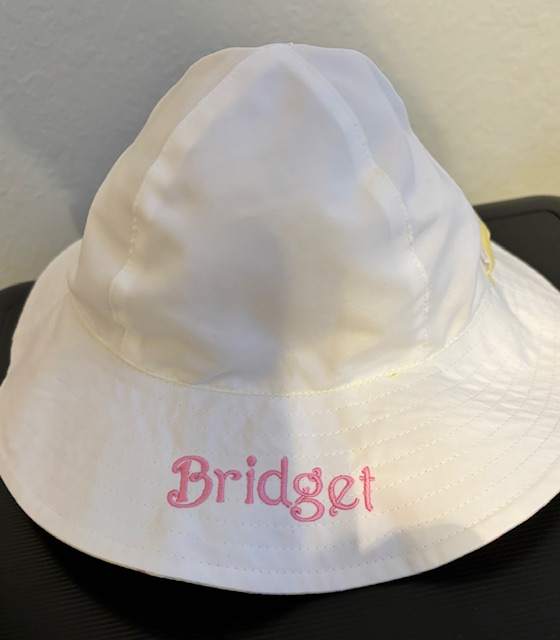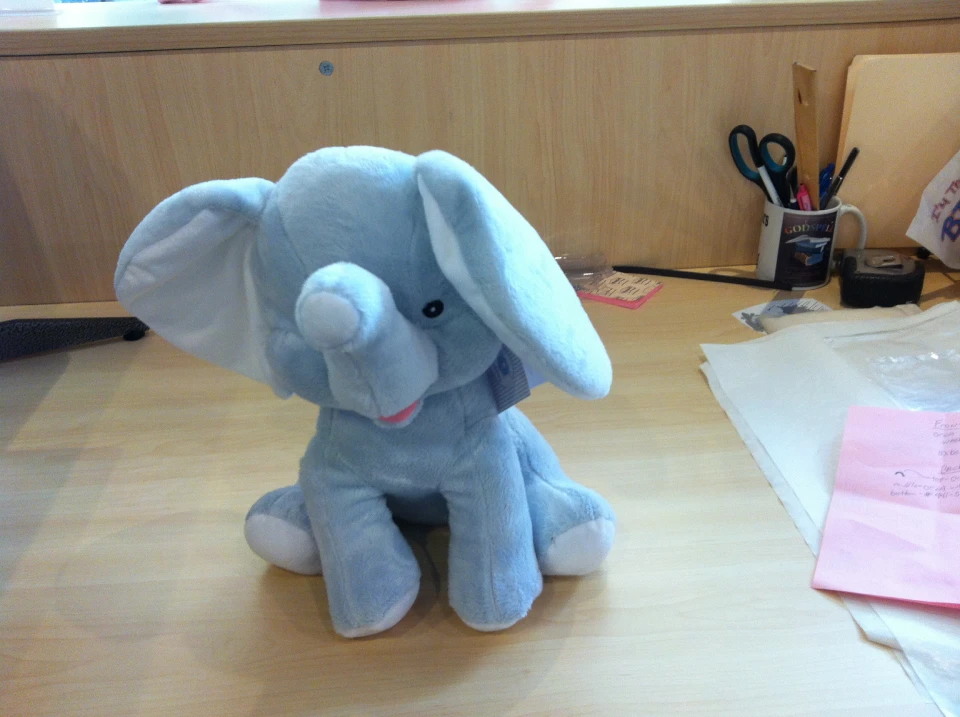Embroidered Sports Teams Names and Numbers - Professional and Resilient
Embroidered Sports Teams Names and Numbers - Professional and Resilient
Blog Article
The Art of Custom Embroidery: Opening the Keys to Creating One-of-a-kind and Remarkable Layouts
Needlework, a craft soaked in practice and artistry, holds within its elaborate stitches the power to change material right into a canvas of distinct expression. The tricks to developing custom embroidery layouts that astound the eye and leave an enduring impact depend on a fragile balance of method, creativity, and focus to information. As we dive into the globe of customized needlework, we reveal the nuanced interaction in between thread option, stitch intricacy, and design personalization that boosts a simple garment to a masterpiece. Join us on a journey via the art of customized embroidery as we untangle the mysteries behind crafting really remarkable and unique creations.
Selecting the Right Embroidery Threads
When choosing needlework strings, what key factors should you consider to make certain the very best outcomes for your personalized layouts? The choice of needlework thread is important in determining the final end result of your embroidered layout. Among the primary factors to consider is the material of the thread. Various products such as cotton, polyester, rayon, and silk use differing degrees of shine, longevity, and texture. It is vital to pick a thread material that complements the material you are embroidering on and straightens with the preferred appearance of the design.
Thicker strings can add measurement and appearance to your style, while finer strings are optimal for elaborate information and small text. In addition, considering the color fastness and washability of the string is important to make certain that your custom-made styles maintain their quality and vibrancy over time.
Discovering Various Stitch Techniques
To explore the world of 'Exploring Various Stitch Techniques', one need to realize the details and nuances that each sewing method gives the art of embroidery. Various stitch techniques not only include visual rate of interest yet also add to the total texture and measurement of the layout. One popular stitch method is the satin stitch, which involves carefully stuffed parallel stitches to create a smooth and shiny surface area, perfect for filling in shapes and producing vibrant outlines.
On the other hand, the backstitch is a flexible technique typically utilized for laying out and adding fine information. It includes stitching backward to develop a strong line of embroidery. Furthermore, the French knot stitch adds a responsive component to styles, ideal for creating distinctive accents like blossom centers or decorative touches.
Discovering various stitch methods allows embroiderers to have fun with light, darkness, and deepness within their styles, raising the aesthetic charm and artistic top quality of their embroidery projects. By mastering various stitching methods, one can unlock endless possibilities for developing one-of-a-kind and remarkable custom embroidery items.
Incorporating Personalized Design Components
Having explored the intricacies of various stitch methods such as the satin stitch, backstitch, and French knot, the emphasis now moves towards including individualized design elements in custom embroidery jobs. Customized layout aspects play a crucial function in making needlework projects really one-of-a-kind and unforgettable.
An additional method to integrate tailored layout aspects is by consisting of symbols or themes that hold unique significance to the recipient or show their rate of interests and individuality. For example, including a favorite blossom, pet, or hobby-related icon can make the embroidery layout more significant and individualized. In addition, choosing cheap custom made shirts colors that resonate with the recipient or line up with the intended style can better enhance the personalization of the embroidery project.
Mastering the Art of Shade Coordination

One trick aspect of shade coordination is recognizing shade theory. This consists of recognizing exactly how different shades connect with each other, the emotions they convey, and how they can be integrated to create visually attractive layouts. By using color concept concepts, embroiderers can develop harmonious color schemes that boost the overall look of the design.
Additionally, taking note of contrast is vital in shade coordination. Utilizing contrasting colors can assist specific aspects of the layout pop, enhance readability, and develop an aesthetically vibrant needlework item. By understanding the art of color sychronisation, embroiderers can raise their layouts and develop remarkable you can try these out items that reverberate with customers and viewers alike.
Enhancing Structure With Advanced Embroidery Stitches

French knots, as an example, are excellent for including little, elevated dots to your layout, mimicking the look of grains or creating a textured surface. Bullion knots, on the various other hand, can be used to create twisted, ropelike elements that add a glamorous feel to the needlework. Seed stitching involves tiny, scattered stitches that can complete locations with a multicolor appearance, while turkey work produces cosy, dimensional accents evocative animal fur or vegetation. Trying out these innovative needlework stitches enables you to push the boundaries of traditional embroidery and develop absolutely special and aesthetically attractive structures in your styles.
Conclusion
Finally, the art of custom-made embroidery entails a combination of selecting the right strings, checking out different stitch methods, incorporating personalized layout aspects, understanding shade coordination, and boosting texture with innovative stitches. By comprehending and implementing these crucial elements, embroiderers can develop special and memorable styles that showcase their imagination and skill. Needlework lovers can unlock the tricks to creating lovely and bespoke pieces that attract attention and leave an enduring impact.
Report this page